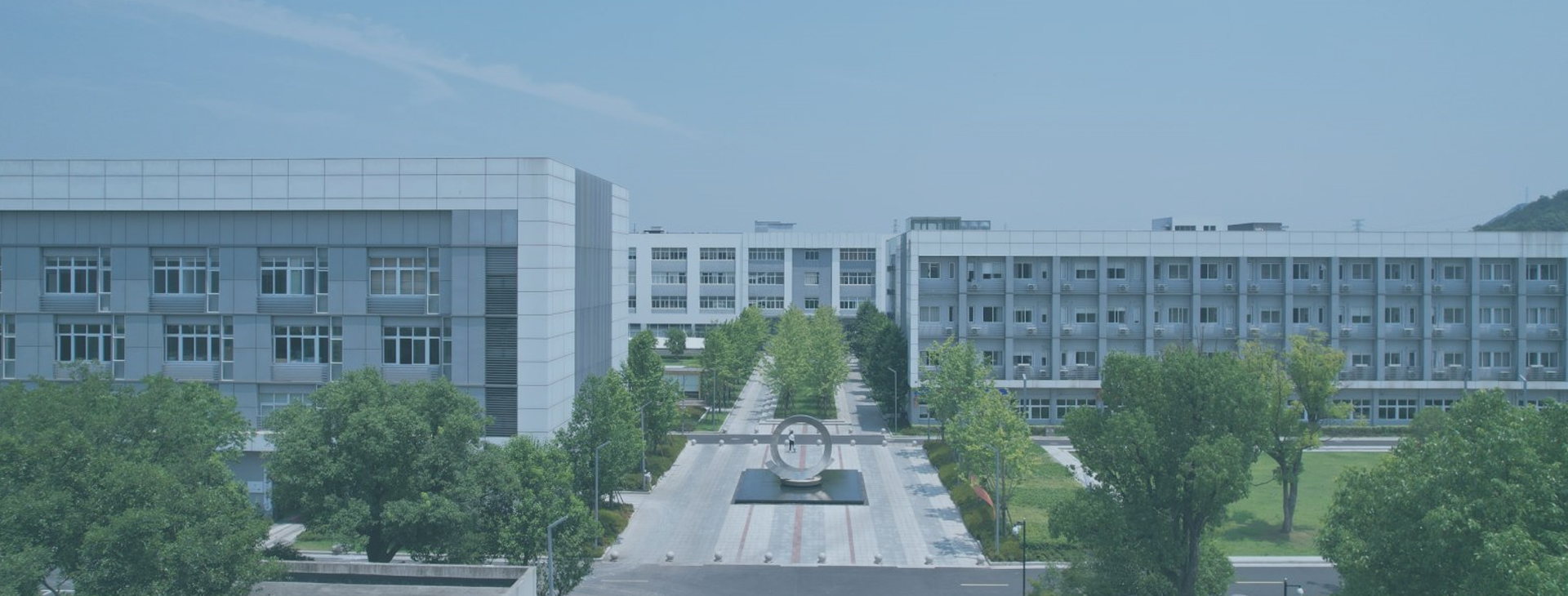Popularization of ceramic substrate types and their characteristics
Ceramic substrate materials are widely used in fields such as power electronics, electronic packaging, hybrid microelectronics, and multi chip modules due to their excellent thermal conductivity and stability. At present, on the eve of the industrial development revolution, it will inevitably bring different changes to the world industrial revolution. Let's learn about the types and characteristics of ceramic substrates and their popularization together.
1、 Classified by material
1 Al2O3
So far, oxide ceramic substrates have been commonly used as substrate materials in the electronics industry, with abundant sources of raw materials. They have higher strength and chemical stability in mechanical, thermal, and electrical properties than many other oxide ceramics, making them suitable for various technological manufacturing and different shapes.
2 BeO
It has a higher thermal conductivity than aluminum metal and is used in applications that require high thermal conductivity. However, when the temperature exceeds 300, it rapidly decreases, and importantly, its toxicity limits its own development.
3 AlN
AlN has two very important properties. One has a high thermal conductivity, and the other has an expansion coefficient consistent with Si. The disadvantage is that even if there is a very thin oxide layer on the surface, it will affect the thermal conductivity, and strict control of materials and processes is necessary to manufacture AlN substrates with good uniformity.
Based on the above reasons, it can be concluded that alumina ceramic substrates, due to their excellent comprehensive performance and wide application, still dominate in fields such as microelectronics, power electronics, hybrid microelectronics, and power modules.
2、 Ceramic substrates divided by manufacturing technology
At present, common types of ceramic substrates include HTCC, LTCC, DBC, etc. Lam is a patented technology in cooperation with the National Optoelectronic Laboratory of the University of Science and Technology of China, while HTCCLTCC is a sintering technology with high cost. On the other hand, DBC and DPC are professional technologies that have been developed and can be mass-produced in China in recent years. The energy consumption and yield of this product in mass production are greatly challenged. DPC technology is a process coupling material that uses direct copper plating technology to deposit Cu on Al2O3 substrate, while DBC combines Al2O3 and Cu plate through high-temperature heating. The technical bottleneck is difficult to solve the problem of micro pores between Al2O3 and Cu plate. However, due to its high requirements for material control and process technology matching ability, DPC technology has entered the DPC stage. The technological threshold for stable industrial production is relatively high, and LAM technology is also known as laser rapid activation metallization technology.
1 HTCC
HTCC, also known as high-temperature co fired multilayer ceramics, has a preparation process that is very similar to LTCC. The main difference is that glass material is not added to the ceramic powder of HTCC. Therefore, screen printing technology is used to fill holes and print wiring. Due to its high co firing temperature, HTCC also needs to dry and solidify in an environment with a high temperature of 1300-1600 to generate embryos, and then open through holes. The selection of metal conductor materials is limited.
2 LTCC
LTCC, also known as low-temperature co fired multilayer ceramic substrate, is a process in which inorganic alumina powder and approximately 30% to 50% glass material are uniformly mixed with organic binder to form a paste like slurry. The slurry is then scraped into sheets using a scraper, and the sheet like slurry is made into a thin embryo through a drying process. The internal circuits of each layer of LTCC are printed using screen printing technology, and holes are filled and printed on the embryo. The inner and outer electrodes are made of metals such as silver, copper, and gold. The layers are laminated and sintered in an 850-900 sintering furnace to complete the process.
3 DBC
The direct copper plating technology uses a copper containing oxygen eutectic solution to directly paste copper onto ceramics. The basic principle is to introduce an appropriate amount of oxygen element between copper and ceramics. DBC technology uses this eutectic solution to chemically react with the ceramic substrate to form CuAlO2 or CuAl2O4 phase, and copper and oxygen form Cu-O eutectic solution within the range of 1065-1083.

